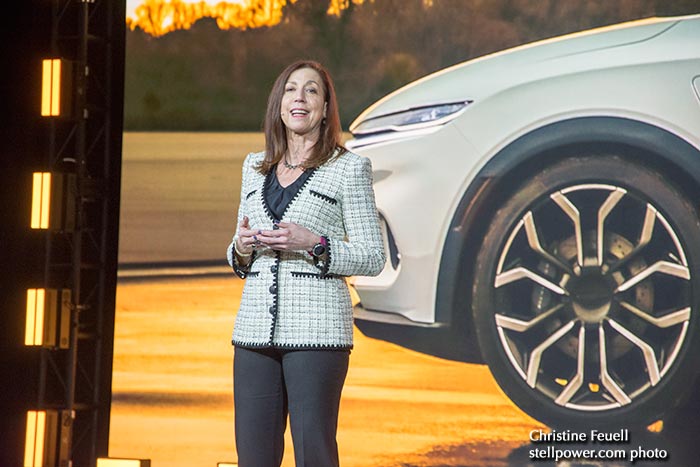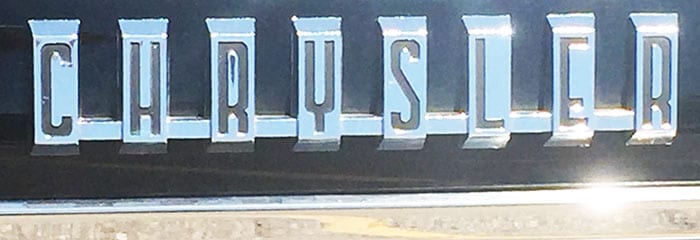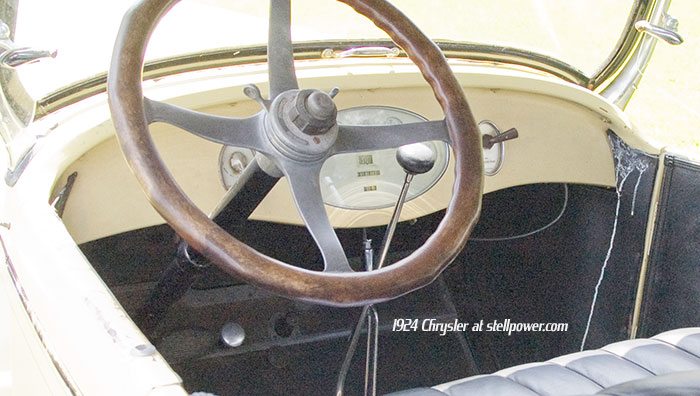Chrysler-the-marque may end up with no cars in current production due to factory scheduling, for what may be the first time in its history (not counting ordinary factory model-year changeovers).

The 300 appears to be the first on the schedule to end production as Brampton shuts down for an extensive changeover. Then the Pacifica will cease production as its plant in Windsor closes for its own changeover. Windsor is one of the most recently renovated plants in the company’s portfolio, having shifted to a modern ergonomic assembly line system for the Pacifica. (Sterling Heights and Detroit/Mack Complex were converted afterwards.)
The company is likely to keep something in the minivan space, based on interviews, but whether that is a traditional minivan is yet to be seen. For a time Chrysler seemed very close to making something similar to the Portal concept, but that day has passed. Stellantis stated at one point that Chrysler would be all-electric, but since then has re-evaluated its product plan for the marque. Indeed, just about nothing is known right now about Chrysler’s future plans, since the Airflow name and design have been dropped.

Chrysler occupies an odd space now, since its recent vehicles looked upscale but had Honda-Toyota prices. Traditionally Chrysler tended to occupy a “mildly upscale” space, between Chevrolet and Cadillac; the original Chrysler had the features and technology to go head to head with the “truly upscale” cars such as Packard, but were trimmed closer to the mass-market brands. Over time Chrysler spawned the Imperial car and then the Imperial marque to go head to head with the true-luxury cars, but Chrysler itself tended to be an upscale-mainstream brand; and most of those brands (notably Pontiac, Oldsmobile, Mercury, and DeSoto) have died out over time or (like Acura and Buick) are struggling.

Arguably, Stellantis needs a replacement for Plymouth more than a car to fit between Dodge and Maserati—which is a place where Alfa Romeo theoretically fits. The company does not currently have a true mainstream brand, though Dodge could be taken out of its niche to fill that need. (Dodge, notably, was another upscale-mainstream brand, but it slowly moved down in the market to push Plymouth out of relevance.) However, Chrysler could also continue in its past niche as an upscale-feeling brand in the upper mainstream, since its look, feel, and image are rather different from the sporty-and/or-muscle-bound Dodge, Alfa Romeo, and Maserati.
Stellantis has some tough choices to make. Jeep stands at a crossroads, attacked by Ford, Toyota, and Volkswagen’s offroad vehicles and striving to luxury with Wagoneer while trying to hang onto mass-market with Renegade and Compass. Dodge’s muscle niche is getting harder to defend as electric cars make instant acceleration less exclusive; and Alfa Romeo’s attempt at out-BMWing BMW seems to be competing as much with Dodge as with BMW. Chrysler CEO Christine Feuell is likely making a smart choice by re-evaluating the Chrysler strategy.
Discover more from Stellpower - that Mopar news site
Subscribe to get the latest posts sent to your email.
